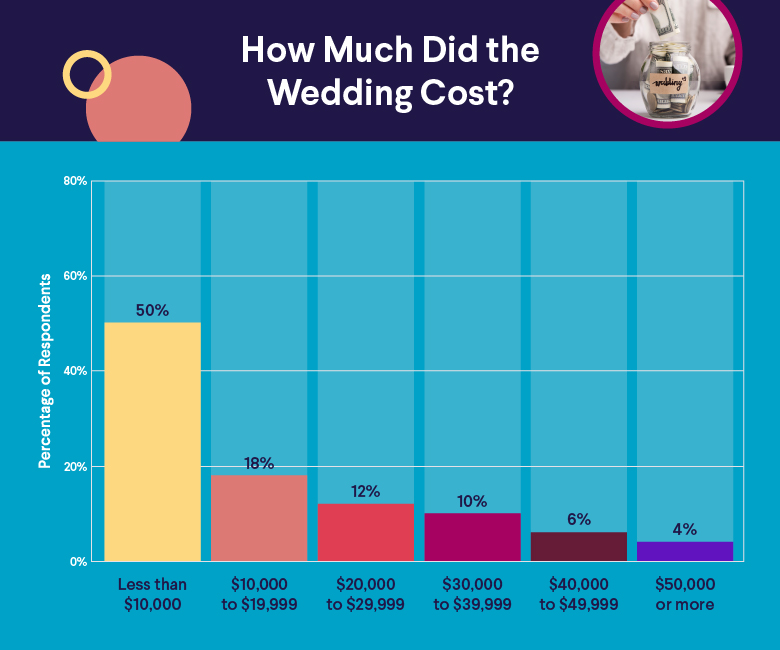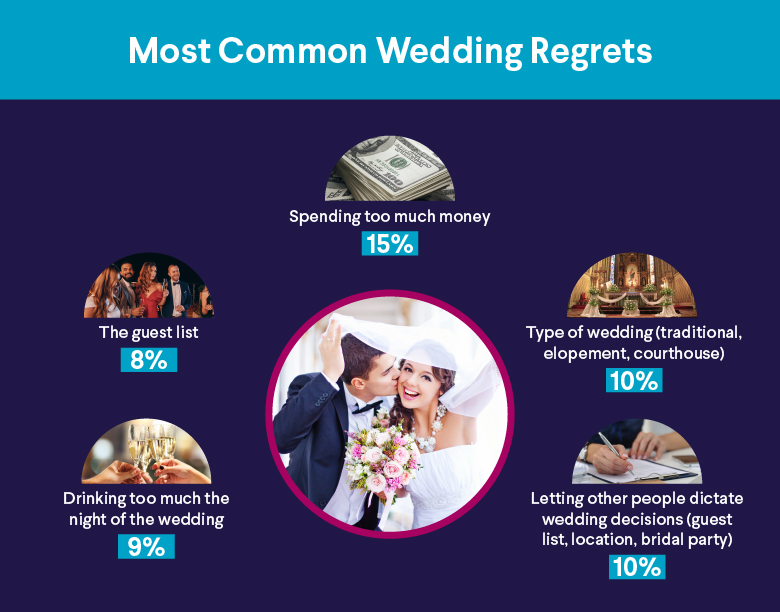When Is the Best Time to Buy a House?
If you’re looking for a new home, you may be wondering when is the best time to buy. There are a number of factors that go into deciding when to purchase a house, from buying when interest rates are low to the times of the year you’re most likely to get a deal. Ultimately, when you decide to buy will depend on your financial situation and local market factors.
Here’s how to determine the best time to buy a house.
Do a Financial Checkup
Before going down the rabbit hole of timing the real estate market or watching the Federal Reserve like a hawk, it’s a good idea to explore if buying a home is right for your current personal and financial situation. There are a number of signs that can help you know if the time is right to buy a house.
First, is your budget big enough to cover any required down payment, closing costs, a mortgage payment, and other costs associated with homeownership?
Second, do you plan on staying put for a while, which may give the home you buy time to appreciate in value (subject to market fluctuations)? Also, consider whether you will benefit from itemizing and potentially deducting your home interest.
If you answered yes to those questions, it’s a good idea to check on your credit. A better overall financial profile and credit history may help you secure better financing terms when you purchase a home. And finally, take a look at whether rent in your chosen area is relatively high compared to the cost of homeownership. Should you buy or rent? If you can rent a home in your city for much less than what you would pay in mortgage payments, it may not make sense to make a purchase right now.
If your budget for buying a house and your credit are strong, you’re prepared to stay in the new house for the long haul, and importantly, that renting is relatively costly compared to buying, you may be ready to buy a home. Now you can begin looking at other factors to decide when to start house hunting.
💡 Quick Tip: When house hunting, don’t forget to lock in your home mortgage loan rate so there are no surprises if your offer is accepted.
Watch Interest Rates
One major factor to consider when deciding whether to buy is interest rates. Banks charge interest to cover the costs of loaning you money when they offer you a mortgage. The mortgage interest rate banks charge is influenced in part by the Federal Reserve, but mortgage backed securities are considered the main driver.
If interest rates are low, borrowing money is cheaper for you. Borrowing gets more expensive as interest rates increase. So if you think interest rates are going to rise soon, buying a home now with a fixed-rate mortgage loan may allow you to lock in better terms than you might otherwise get in the future. Conversely, if you think interest rates are high, it may be worth waiting to see if they’ll drop.
Time the Real Estate Market
The idea behind timing any market is that you buy when prices are low and sell when prices are high. Ideally, you would buy your home when there are more sellers than there are buyers, a situation known as a buyer’s market.
In a buyer’s market, the overabundance of housing options drives down the price of homes. Additionally, it may give you leverage to ask for more concessions from sellers desperate to close a deal, such as giving credit toward the buyer’s closing costs or covering the cost of repairs or new appliances.
In a seller’s market, the opposite is true. More people want to buy than there are houses available for sale and housing prices are driven up.
To identify what times may be beneficial to be a buyer, there are a number of factors you can watch. First, take a look at pricing trends in your area. Use real estate websites like Zillow, Redfin or Trulia to see what houses have sold for in your chosen area.
If prices are low or seem in line with historic trends, it could be a good time to buy. If prices are much higher than they have been historically, it may not be the ideal time to buy, and/or the area may be experiencing a real estate bubble. Bubbles tend not to be sustainable, but many factors play into real estate market conditions.
You can also take a look at how long houses in your desired area are sitting on the market. If houses in good condition are taking a long time to sell, it could mean demand is low and the market is in your favor.
Additionally, examine larger economic factors such as new construction and months of supply. When fewer houses are being built, demand and prices are higher.
The government keeps track of new residential construction. Visit the U.S. Census Bureau to take a look at current trends.
Months of supply is a measure of how many months it would take to sell the current number of houses on the market in your area at the current rate of sale. To do this, divide the total number of homes for sale by the number of homes sold in one month. For example, if there are 40 houses on the market and they are selling at the rate of 10 a month, there are four months of supply. When this measure creeps above six months of supply, it generally indicates that it’s a buyer’s market.
💡 Quick Tip: To see a house in person, particularly in a tight or expensive market, you may need to show the real estate agent proof that you’re preapproved for a mortgage. SoFi’s online application makes the process simple.
Understand Your Local Market
Real estate is generally considered a location driven market, so prices can vary widely from area to area, and general rules of thumb regarding pricing may not be applicable in every case. The same can be true of particularly desirable neighborhoods within a city.
Local economics can also play a part in housing demand. Say a large company leaves a city sending its manufacturing overseas. That city may experience an economic downturn that puts downward pressure on house prices.
This local variation means that it’s important to pay close attention to economic and housing trends in your chosen area. That way you’ll be more likely to find the best time to get your dream home.
The Takeaway
Figuring out the best time to buy a house first involves taking stock of your financial and personal situation. Make sure you have enough money saved up to cover the costs of buying plus your mortgage payment, and review your credit history to make sure it’s strong.
Then, look at rental prices compared to home prices in your area to see whether buying makes financial sense for you. Assess the interest rates to see if home buying is affordable, and look at the trends in the real estate market to determine how favorable they are as you start house hunting.
Looking for an affordable option for a home mortgage loan? SoFi can help: We offer low down payments (as little as 3% - 5%*) with our competitive and flexible home mortgage loans. Plus, applying is extra convenient: It's online, with access to one-on-one help.
Third-Party Brand Mentions: No brands, products, or companies mentioned are affiliated with SoFi, nor do they endorse or sponsor this article. Third-party trademarks referenced herein are property of their respective owners.
Disclaimer: Many factors affect your credit scores and the interest rates you may receive. SoFi is not a Credit Repair Organization as defined under federal or state law, including the Credit Repair Organizations Act. SoFi does not provide “credit repair” services or advice or assistance regarding “rebuilding” or “improving” your credit record, credit history, or credit rating. For details, see the FTC’s website .
Financial Tips & Strategies: The tips provided on this website are of a general nature and do not take into account your specific objectives, financial situation, and needs. You should always consider their appropriateness given your own circumstances.
SoFi Mortgages
Terms, conditions, and state restrictions apply. Not all products are available in all states. See SoFi.com/eligibility for more information.
SoFi Loan Products
SoFi loans are originated by SoFi Bank, N.A., NMLS #696891 (Member FDIC). For additional product-specific legal and licensing information, see SoFi.com/legal. Equal Housing Lender.
*SoFi requires Private Mortgage Insurance (PMI) for conforming home loans with a loan-to-value (LTV) ratio greater than 80%. As little as 3% down payments are for qualifying first-time homebuyers only. 5% minimum applies to other borrowers. Other loan types may require different fees or insurance (e.g., VA funding fee, FHA Mortgage Insurance Premiums, etc.). Loan requirements may vary depending on your down payment amount, and minimum down payment varies by loan type.
Disclaimer: Many factors affect your credit scores and the interest rates you may receive. SoFi is not a Credit Repair Organization as defined under federal or state law, including the Credit Repair Organizations Act. SoFi does not provide “credit repair” services or advice or assistance regarding “rebuilding” or “improving” your credit record, credit history, or credit rating. For details, see the FTC’s website .
Tax Information: This article provides general background information only and is not intended to serve as legal or tax advice or as a substitute for legal counsel. You should consult your own attorney and/or tax advisor if you have a question requiring legal or tax advice.
SOHL1023252
Read more












